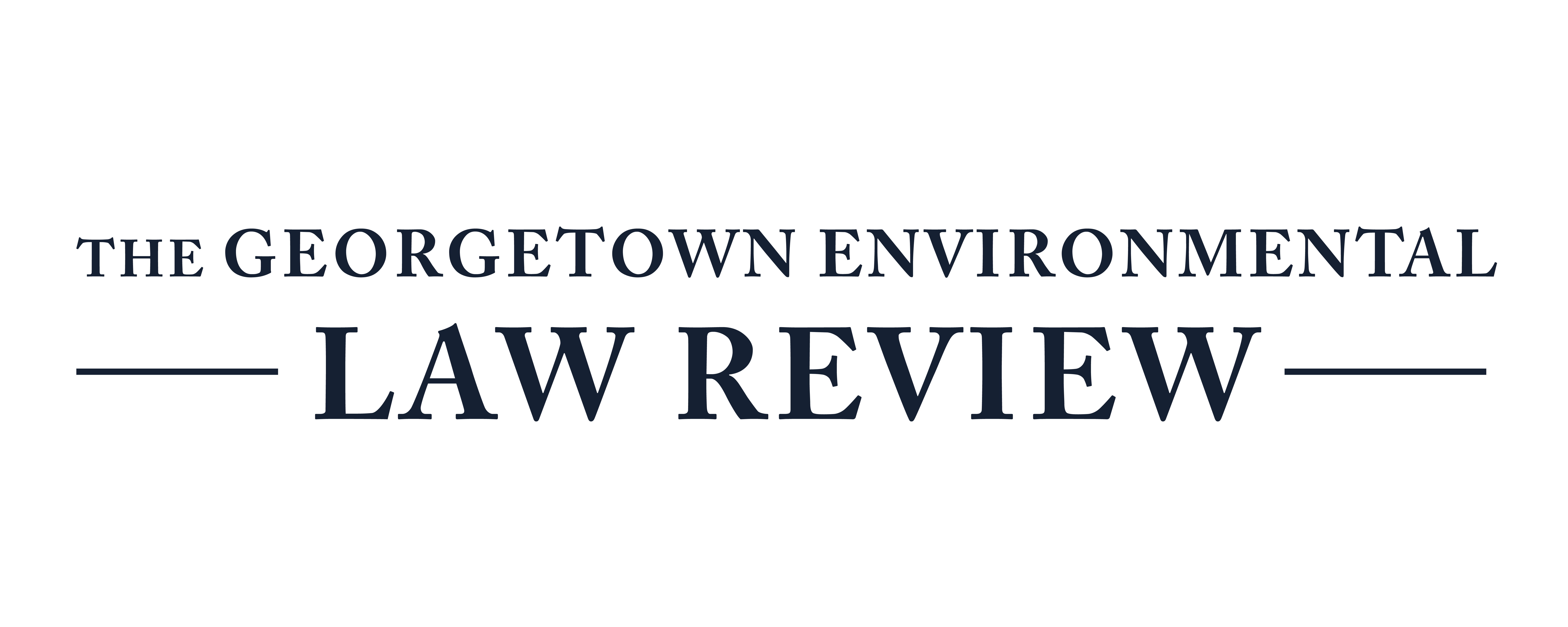 October 18, 2018
by Gregory Harned
Endangered Species
Litigation
Regulations
Wildlife
October 18, 2018
by Gregory Harned
Endangered Species
Litigation
Regulations
Wildlife
This federal district court’s decision [to reverse the de-listing of the grizzly] has angered state officials and sparked a new debate about federalism and institutional competence
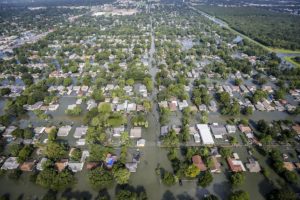 October 17, 2018
by Cecilia Turchetti
Climate change
State and Local
October 17, 2018
by Cecilia Turchetti
Climate change
State and Local
In the wake of Hurricane Harvey, Houston has continued to develop at an incredible rate. Historically, the city and its residents have strongly opposed zoning, but development in floodplains has sparked a debate about how expansion should look for the booming city. How can Houston continue to grow while ensuring the safety of its residents?
 October 9, 2018
by Spencer Shweky
Air
Fossil Fuels
Litigation
Regulations
October 9, 2018
by Spencer Shweky
Air
Fossil Fuels
Litigation
Regulations
It has now been just over 3 years since the Environmental Protection Agency (“EPA”) first informed the public that Volkswagen, at the time the world's largest automaker, had installed ‘cheat devices’ designed to evade U.S. regulators in hundreds of thousands of their cars. Ultimately, the automaker paid a $2.8 billion criminal fine, and 9 executives and employees were charged with violating the Clean Air Act (“CAA”) and Title 18 of the United States code (the main criminal code of the federal government). Interestingly, though, no one was actually held criminally liable for the pollution itself.
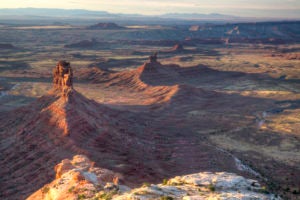 October 5, 2018
by Professor John C. Ruple, Michael Henderson, and Caitlin Ceci*
Natural Resources
Online Supplemental Article
Public Lands
October 5, 2018
by Professor John C. Ruple, Michael Henderson, and Caitlin Ceci*
Natural Resources
Online Supplemental Article
Public Lands
In this exclusive online article, Professor John C. Ruple, a Research Professor of Law and Wallace Stegner Center Fellow at the University of Utah’s S.J. Quinney College of Law, explains why plant and invertebrate fossils on land excluded from Bears Ears and Grand-Staircase Escalante national monuments now receive less protection under the Paleontological Resources Preservation Act and National Landscape Conservation System Act. Without national monument protections, will these valuable segments of the fossil record be forever lost to the public and to scientific study?
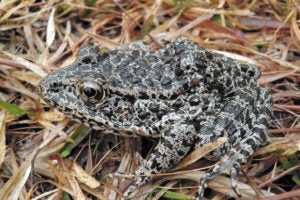 October 5, 2018
by De Vann Sago
Endangered Species
Wildlife
October 5, 2018
by De Vann Sago
Endangered Species
Wildlife
By Rebecca Strauss, Staff Contributor.
The Supreme Court opened the 2018 term with a case on the Endangered Species Act, focusing on the dusky gopher frog. With only eight sitting justices, what are the Court's options?
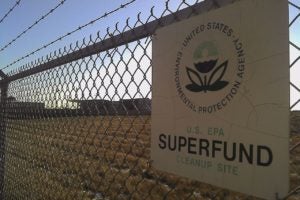 October 4, 2018
by Jie Yang
Chemicals
Litigation
Regulations
October 4, 2018
by Jie Yang
Chemicals
Litigation
Regulations
Over the summer, a big firm lawyer and a coke company’s senior executive were both convicted of bribing a former state legislator in order to prevent the EPA from listing the 35th Avenue Superfund Site located in north Birmingham, Alabama on the National Priorities List. How did this corruption happen, and what were the underlying causes?
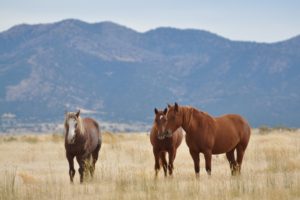 October 3, 2018
by Caroline McHugh
Endangered Species
Public Lands
State and Local
Water
Wildlife
October 3, 2018
by Caroline McHugh
Endangered Species
Public Lands
State and Local
Water
Wildlife
The Wild Free-Roaming Horses and Burros Act of 1971 protected horses and burros in the American West. Now the population has recovered (and then some). How do federal agencies approach increasingly conflicting mandates for public land management?
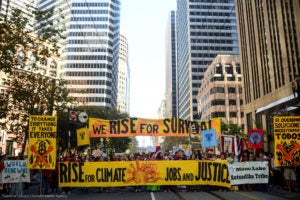 September 23, 2018
by Lauren Phillips
Climate change
International
September 23, 2018
by Lauren Phillips
Climate change
International
The 2018 Global Climate Action Summit brought thousands of people to San Francisco last week to announce commitments to fighting climate change. Outside the summit, however, protestors demanded that leaders set more ambitious goals. What happened inside and outside the summit, and did it represent a meaningful step to fighting climate change?
By Lauren Phillips, Online Managing Editor
 September 9, 2018
by Samantha Peppers
Litigation
September 9, 2018
by Samantha Peppers
Litigation
In administrative law, third parties may intervene in agency actions so long as they qualify as an "interested person." The D.C. District Court in a recent decision has articulated criteria for determining administrative standing, and in doing so, identified a clear standard for determining whether a party qualifies as an "interested person." The rule from this case is broadly applicable and may be helpful in enabling third party participation in many areas of environmental litigation.
By Samantha Peppers, Executive Editor
 August 29, 2018
by John Niedzwiecki
Oceans
State and Local
Water
August 29, 2018
by John Niedzwiecki
Oceans
State and Local
Water
Florida’s Gulf Coast is known for its white beaches, lush plant and aquatic life, and unique wildlife. But this verdant paradise is threatened by the rise of red tides: harmful algae blooms that harm Florida’s economy, the health of coastal residents, and a very fragile ecosystem. What can the legal system do to protect Florida’s coast?


